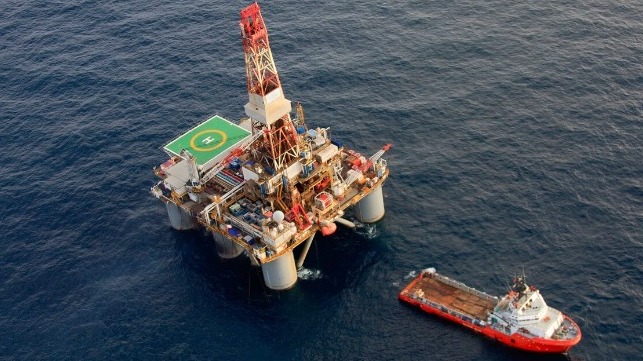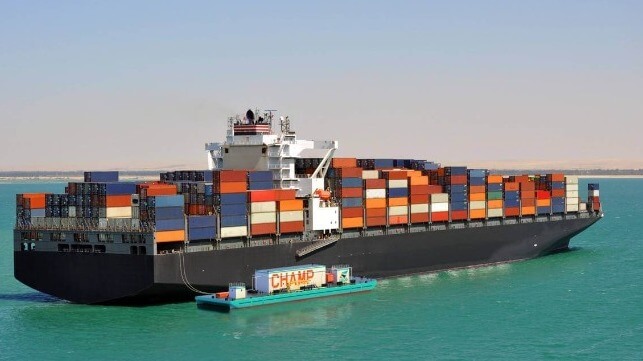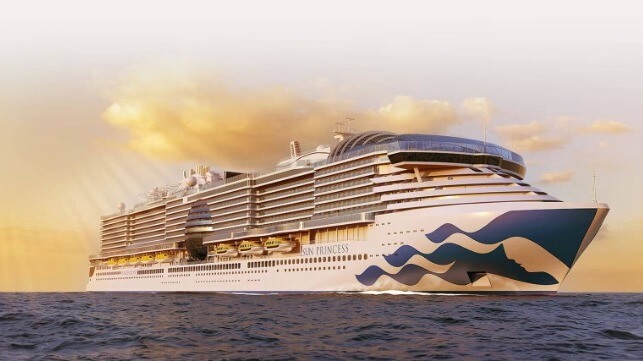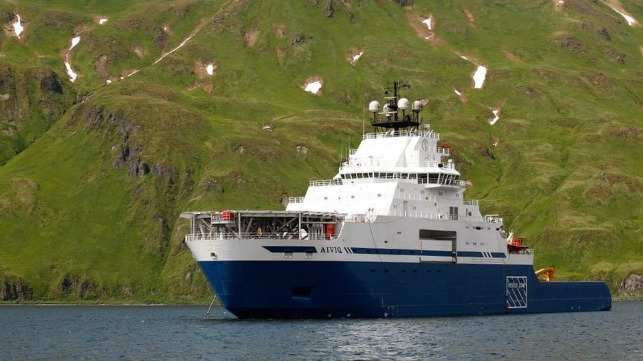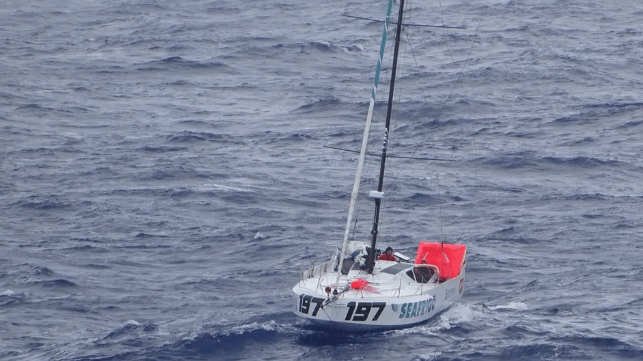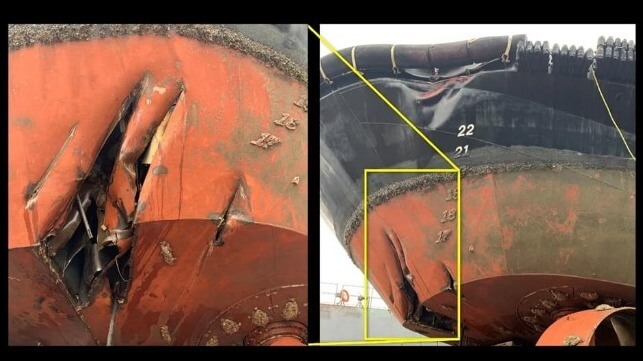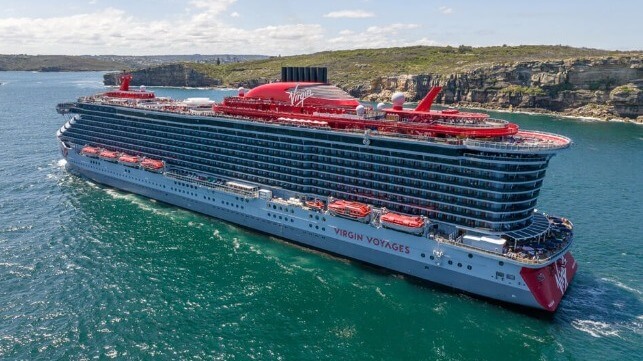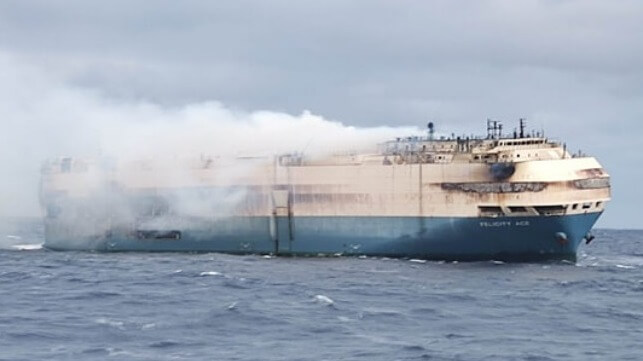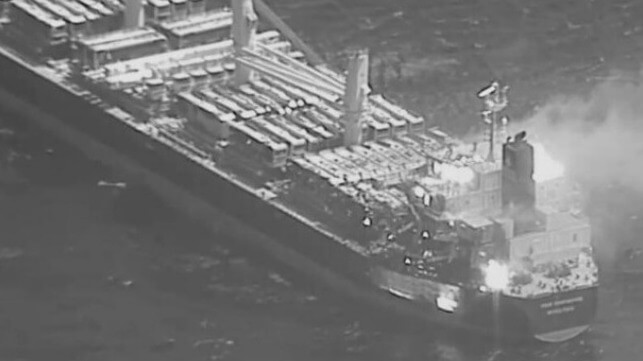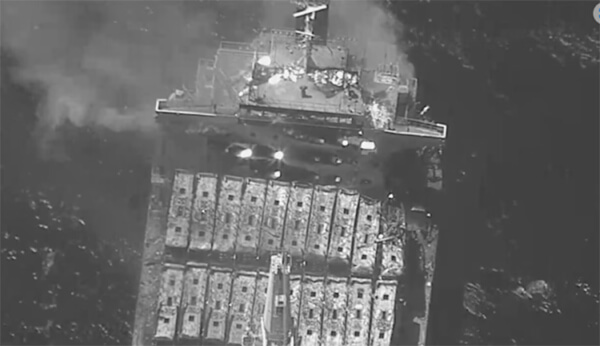New Video Shows Russian Ship's Desperate Attempt to Fight Off Drone Boats

dA new video released by Russian military correspondents appears to show the crew of the lost landing ship Caesar Kunikov as they attempted to defend their vessel from Ukrainian drones.
Though unverified, the video and an accompanying written account both align with Ukrainian and Russian reports of the attack. Members of the crew used small arms - not deck guns or close-in weapons systems - to fire on the drones as they approached, and at first their efforts appeared to be successful. However, about halfway through the video, one of the drones appeared to detonate against the hull, throwing the camera operator to the ground. A second detonation occurred just before the end of the video clip.
The written account of the battle suggests that the crew managed to destroy four drone boats in the opening moments of the encounter. The next five hit the port side and the stern, one after the other; one drone nosed into a blast hole created by a previous drone before going off. The Kunikov began to list to port, and the crew abandoned ship about 40 minutes after the attack began.
The correspondent reported that a 10th drone loitered nearby to watch as the Kunikov sank, then tried to attack the tug that responded to the casualty. (Ukraine has released what appears to be video footage from this 10th drone, included in the montage below.)
New bystander footage shows attack on a Russian patrol ship
Separately, Russian sources have circulated what appears to be a video filmed aboard a merchant ship during the attack on the patrol vessel Sergei Kotov, which was sunk by drones on Monday night.
The Kotov was pursued by multiple Magura V5 drones in the Kerch Strait, hundreds of miles from Ukrainian-controlled territory. The vessel was hit on the port, starboard and stern, killing seven and sending the ship below, according to Ukraine's military intelligence agency.
The new video appears to show the early minutes of the pursuit. In the footage, Kotov still had power and was attempting to flee the pack of kamikaze drones - one of which can be clearly seen. The new video depiction aligns with the GUR's footage, which showed the first drone pursuing the Kotov from astern.
"There are no safe havens for Russian terrorists in the Black Sea and nor will there be," Ukrainian President Volodymyr Zelensky said in a televised address Tuesday.
Ukraine's GUR says that it is now testing a larger version of the Magura that can reach any part of the Black Sea and deliver a one-ton payload.
